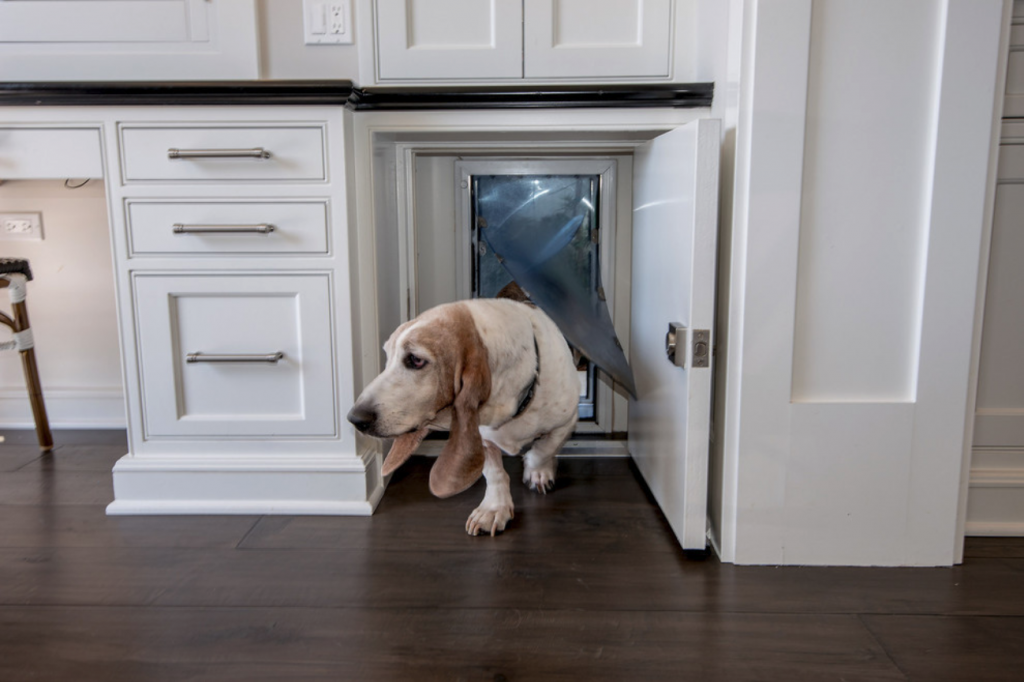Pet doors have been commercially available for the past 30 years. Why would someone want a pet door? Animal doors are beneficial for both pets and owners for several reasons. The pet door allows you to freely enter and exit the house or in certain areas of the house.

Therefore, the pet can “leave” when needed, without an unhealthy storage of its waste.
This applies to both internal and external doors, since internal doors can lead to the place where the litter box is located. The pet also has more space to explore, discover, play and play sports, which makes it a happier and freer animal. It will have more places to hide and hide in case of danger or danger, such as the weather. More space will also mean a broader demarcation of protection against other animals, both domestic and wild, as pets mark and protect their territory. It will also double as many benefits for a home as a pet can protect it from intruders, intruders, vendors and, if you want to have fun, from a mailman.
Pet doors are also beneficial for the pet owner in terms of comfort and time. You do not need to get up a dozen times to free the animal, and a dozen more to allow it to return at any time of the day or night. He would not have to stop what he is doing to do this, and he would not have to interrupt his activities and reduce his activities away from home because the pet is locked in the room.
Pet doors also save damage and costs for the owner, as he will not return home to the front door scratched. You are also less likely to enter the house to find a sofa, mattress or chewed clothes and pointed lamps and tables. This is because your pet will no longer be bored, worried and suffer claustrophobia because it is in a closed atmosphere. Don’t forget that when your pets leave, they should leave, which creates confusion in their favorite Persian language. This also includes vomiting and the need for your pet to chew small grass: with a pet door, you can easily access the garden.
Conclusion
The pet door features also allow the pet owner to have security and control over access to the pet door. Some types of pet doors will have different levels of security control. For example, a door with a 4-way lock can be opened, locked, or only to enter, or only to exit. This would allow the owner to allow the pet to return to the room and not leave, or take it out of the house and keep it until the desired time. Also, some pets have keys.


